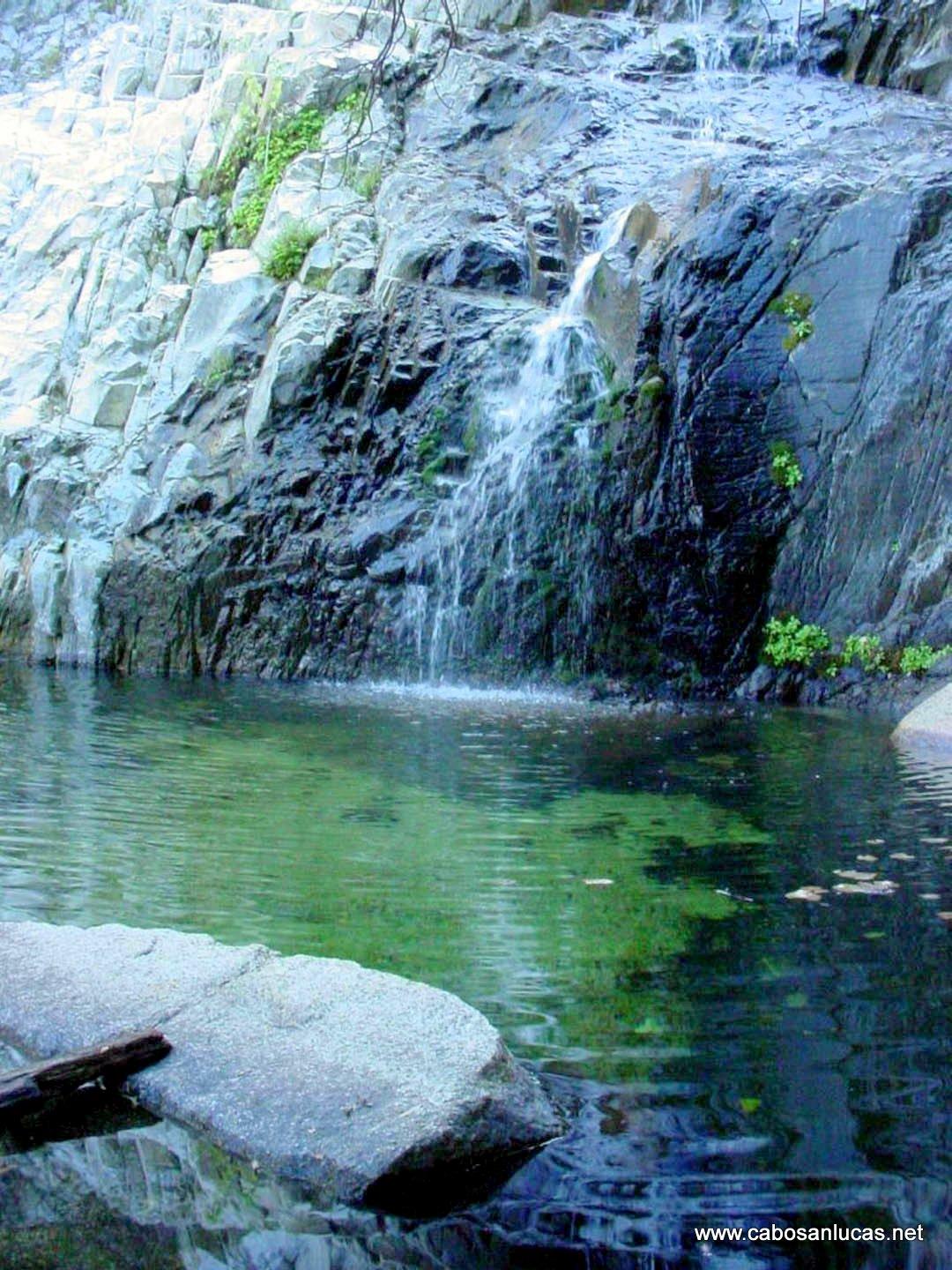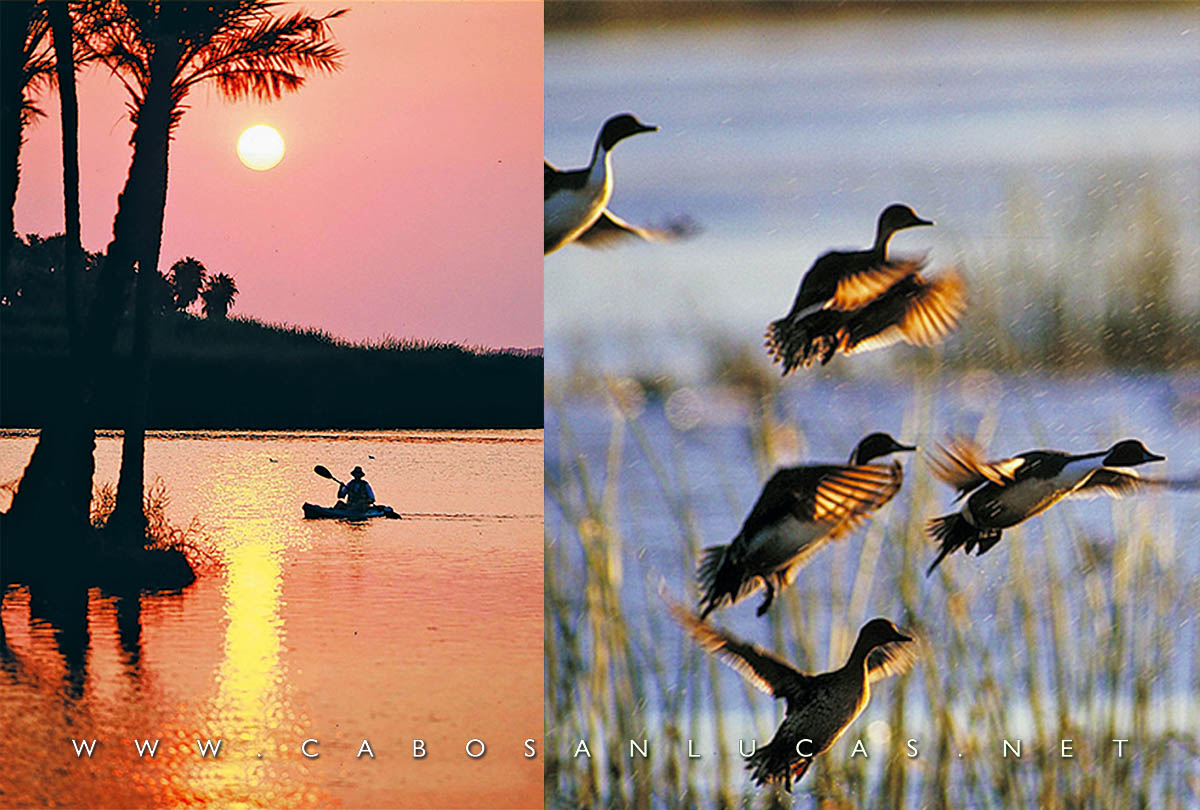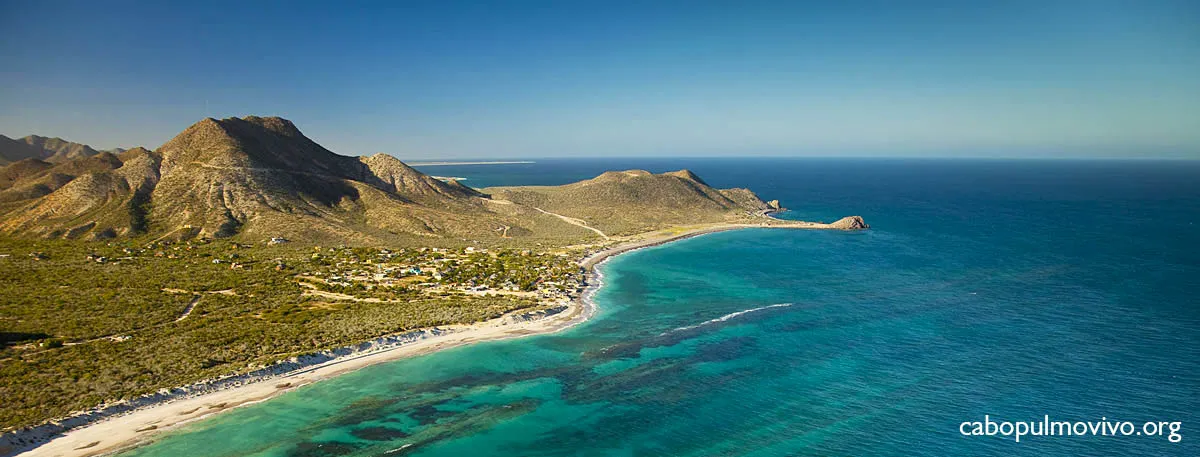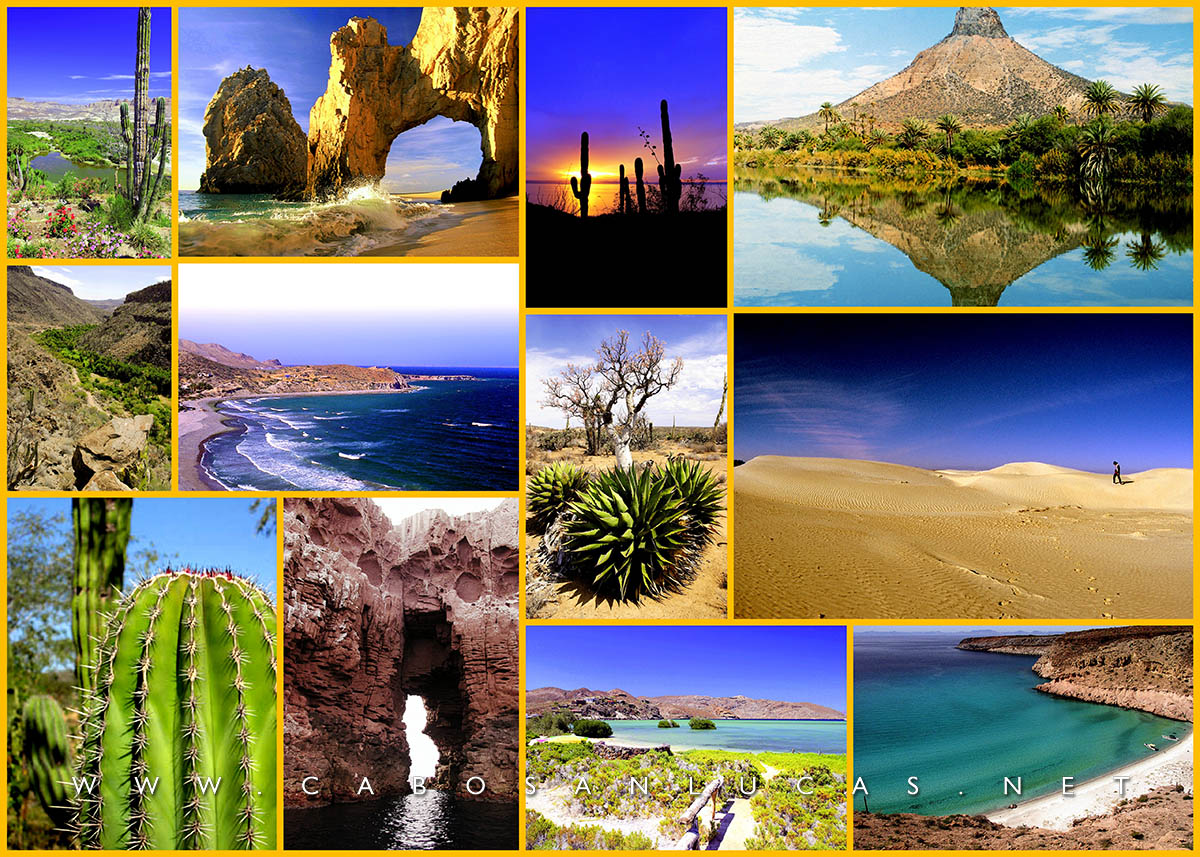The Baja California Sur peninsula is a region of mountains and coastal plains covering an area of approximately 28,369 sq mi.
It is surrounded on three sides by the Pacific Ocean and the Sea of Cortez, also known as the Gulf of California, and has the longest littoral of any state in Mexico, with 1,386 miles of coastline including the attractive bays of Sebastián Vizcaíno, San Juanico, Magdalena, La Paz, Asunción, Ballenas, Concepción and San Carlos.
Numerous islands surround the peninsula. In the Pacific Ocean are the Natividad, Magdalena and Santa Margarita islands. In the Sea of Cortez are the islands of San Marcos, Coronado, Danzante, Carmen, Montserrat, Santa Catalina, Santa Cruz, San Diego, San José, San Francisco, Partida, Espíritu Santo, and Cerralvo.
The altitude ranges from sea level to a maximum of 6,857 ft over the sea level, in the Sierra de la Laguna.
Physical Features
The mountain range known as the Sierra de la Giganta is of volcanic origin and reaches an altitude of 1,968 ft. The western face slopes gently, but is more rugged on the side facing the Sea of Cortez.
View Baja California Sur Islands in a larger map
To the west of the Sierra is a region of coastal plains with an average width of 25 miles. This includes the large plains of Santa Clara, Berrendo, Magdalena and Hiray, the latter composed of sedimentary marine rock, mainly limestone.

Rivers
Seasonal rivers and streams that fill during the rainy season and then empty into the sea, mainly on the Pacific side, include San Benito, San Miguel, and Raymundo. The longest river in Baja California Sur is the San Ignacio River, which empties into Ballenas Bay.

Climate
The southern parts of the state have a dry, desert climate. The maximum temperature exceeds 104ºF in summer and the minimum is less than 32ºF in winter. In the region of Los Cabos, the climate is hot, only slightly humid and affected by cyclones.
Plants and Wildlife
The giant cactus is known as “cardón cactus” is unique to this area. The arid soil also favors other types of cacti, shrubs and sagebrush, and trees like torote and oak-pine.
There are numerous species of reptiles, mammals including coyotes, pronghorns, bighorn sheep, raccoons and deer, migratory birds like golden eagles and ospreys, and marine life including gray, blue and humpback whales and orcas.
Protected Natural Areas
In Baja California Sur there are several Protected Natural Areas, with a great diversity of plant life, much of it endemic to the area. Among the PNAs are the Sebastián Vizcaíno Biosphere Reserve, the Sierra La Laguna Biosphere Reserve, the Loreto Bay National Marine Park, the Biosphere Reserve on the islands of the Sea of Cortez, the Cabo Pulmo National Marine Park, the Sand Cascades in Cabo San Lucas and the San José Estuary.






Leave A Comment